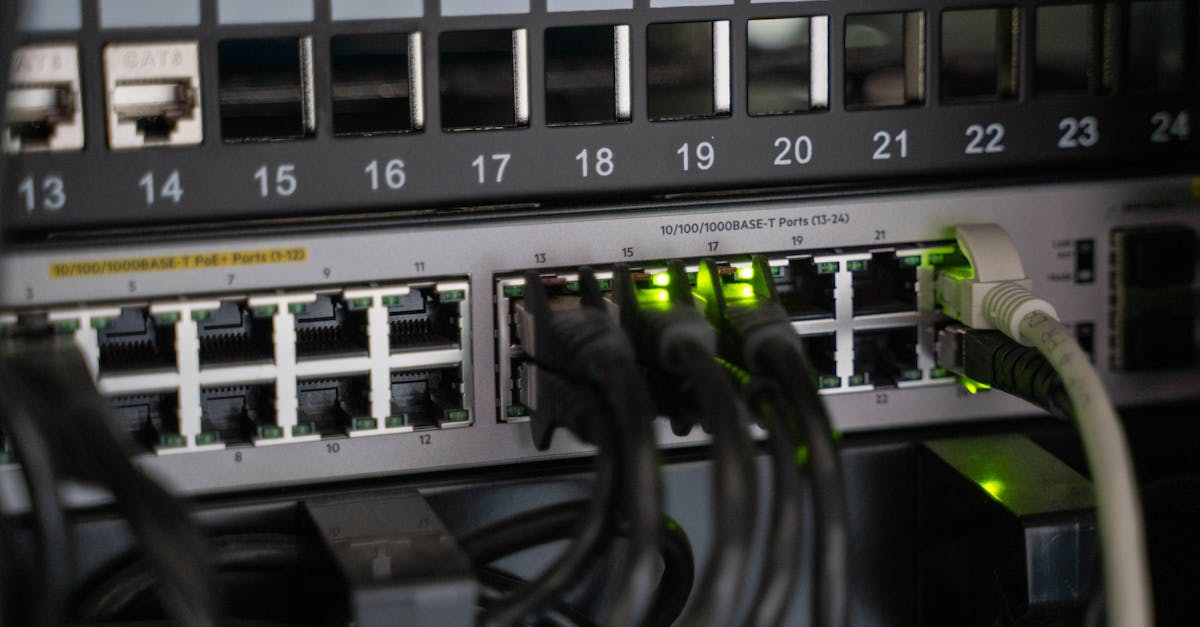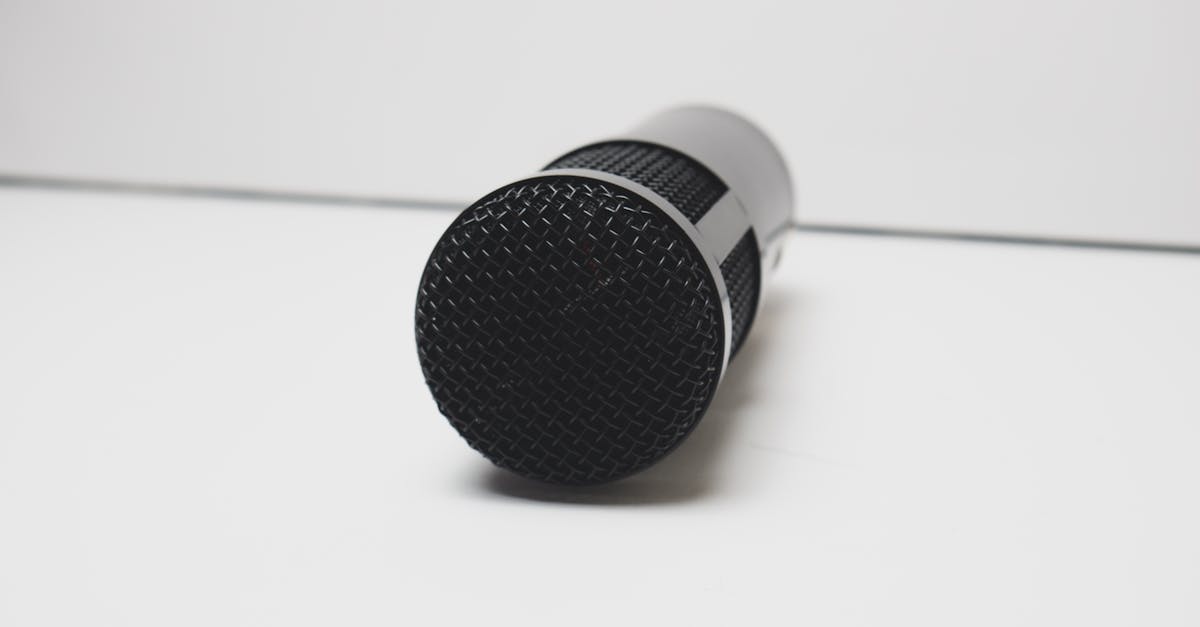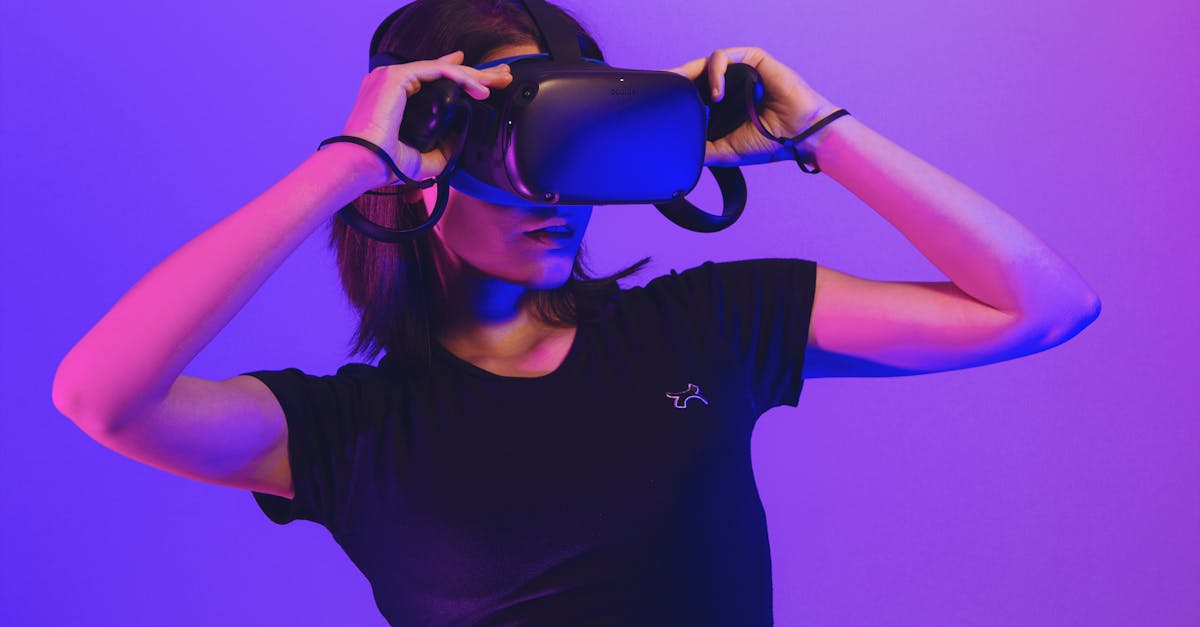2025 Melodic Audio Convergence
Introduction
In 2025, the world of audio is undergoing a radical transformation known as Melodic Audio Convergence—a fusion of innovative technology and user-centric experiences. This phenomenon represents a future where audio devices, platforms, and content harmoniously integrate into a seamless ecosystem. As audio technology advances, users are experiencing a more immersive, personalized, and dynamic auditory environment. Key innovations in smart technology, cloud computing, and machine learning are driving this evolution. However, what exactly is Melodic Audio Convergence, and how is it shaping our interactions with sound? This article delves into the components, advancements, and implications of this exciting new chapter in audio innovation.
Advertisement
Seamless Device Integration
The hallmark of Melodic Audio Convergence lies in the seamless integration of audio devices. No longer constrained by brand or platform, users can connect headphones, speakers, and devices effortlessly. This is achieved through advancements in wireless technology, such as Bluetooth 6.0, allowing for instant pairing and high-fidelity sound. The emergence of universal standards ensures compatibility across a diverse range of devices. This connectivity empowers users to transition between devices without losing audio fidelity or interrupting their experience. Whether it's a morning podcast on a smart speaker or an evening playlist on wireless earbuds, the transition is smooth and uninterrupted.
Advertisement
Personalization Through AI
Artificial Intelligence plays a pivotal role in the personalization of audio experiences. In 2025, AI analyzes user preferences to curate playlists, suggest new content, and even adjust sound settings dynamically. Through sophisticated algorithms, it recognizes subtle patterns in listening habits to offer tailored recommendations. Additionally, AI-driven voice assistants have become more intuitive, understanding natural language nuances and context. This innovation not only enhances user satisfaction but also introduces an element of surprise and discovery, as AI suggests tracks outside of usual preferences, broadening users' musical horizons.
Advertisement
Spatial and Immersive Audio
The dawn of spatial and immersive audio is redefining how we perceive sound. Technologies such as 3D audio and spatial sound rendering create an enveloping experience, making listeners feel as though they are part of the music. Concerts and films adopt these technologies to offer realistic renditions, where every note, voice, or sound effect is positioned in a virtual space. By leveraging head-tracking and advanced algorithms, audio content now dynamically adjusts to user movements, enriching engagement with virtual reality (VR) and augmented reality (AR) environments. This realism enhances storytelling, gaming, and beyond.
Advertisement
Cross-Platform Connectivity
With audio convergence, users enjoy cross-platform connectivity that unifies content libraries across multiple services. Subscriptions to various streaming services are harmonized, presenting a consolidated library accessible via any device. Innovative frameworks decode and store data efficiently, eliminating redundancy. Services like Spotify, Apple Music, and emerging platforms share metadata, allowing for fluid transitions and shared playlists. This interconnectedness supports a richer, more diverse listening experience, celebrating diversity while reducing platform isolation.
Advertisement
Emergence of Smart Acoustics
The rise of smart acoustics transforms spaces into interactive soundscapes. Intelligent sound-systems adapt to room acoustics, modifying output to suit ambiance and acoustics in real time. Utilizing embedded AI, these systems assess environmental conditions, delivering optimal sound quality by adjusting reverb, bass, and treble. Used in homes, theaters, and public spaces, smart acoustics eliminate the need for extensive manual calibration. As soundscapes evolve, users can curate environments from serene relaxation spaces to exhilarating concert arenas at the touch of a button.
Advertisement
Development of Audio-Enhanced Reality
Audio-enhanced reality integrates auditory elements into the real world, vastly enhancing daily life experiences. By superimposing audio layers on physical environments, this innovation creates endless possibilities in education, tourism, and beyond. Navigational apps employ audio cues for seamless, eyes-free guidance. Museums use audio overlays narrating exhibit contexts while art enthusiasts move through galleries. This integration of sound with the tangible world enriches experiences, making auditory cues a cornerstone of interactive engagement.
Advertisement
Challenges and Ethical Considerations
While Melodic Audio Convergence offers immense potential, it also presents challenges. Issues such as data privacy, ownership, and ethical use of AI remain focal points of concern. With devices interacting invariably, ensuring secure data handling is paramount. Rights management must evolve to protect intellectual property in an interconnected ecosystem. Moreover, considerations around inclusivity and accessibility ensure that innovations cater to diverse user needs, particularly for those with disabilities. Engaging with these challenges responsibly is essential to harness the positive potential of convergence.
Advertisement
Conclusion
With Melodic Audio Convergence, 2025 marks a transformative era in auditory technology and interaction. Seamless integration of devices, AI-driven personalization, and immersive experiences are redefining our interaction with sound. As cross-platform connectivity and advancements in smart acoustics propel us forward, the union of audio and technology offers unparalleled experiences. Yet, navigating ethical considerations remains crucial to ensuring this harmonious future is sustainable and beneficial. As we embrace this era, the sounds of life grow richer, more immersive, and deeply integrated into everyday experiences.
Advertisement







